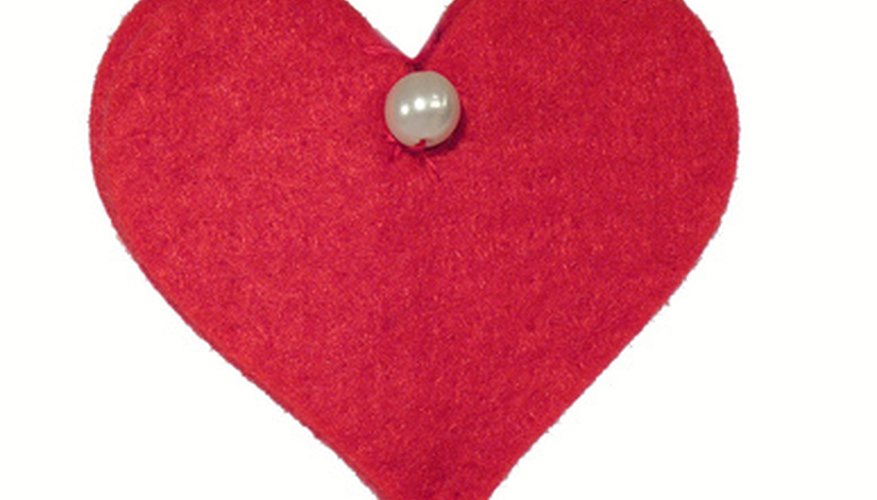Painting felt produces and unusual texture that is interesting and atypical. There are many different painting techniques that you can use when felt painting. Acrylic paints are easy to use with felt because they are thin enough to soak into the fibres of the felt, but thick enough to stay on the felt and not disappear into the fabric. You can heat the felt after painting to melt the fibres of the felt and paint together for an even more unusual effect. Felt painting is simple enough for children, but interesting enough to keep adult artists entertained as well.
- Painting felt produces and unusual texture that is interesting and atypical.
- Acrylic paints are easy to use with felt because they are thin enough to soak into the fibres of the felt, but thick enough to stay on the felt and not disappear into the fabric.
Spread newspaper or some other kind of barrier on the work surface. Some of the paint will escape from the felt fibres, leaving the back wet. It is important to protect your work surface to prevent stains and moisture from damaging the surface. You can also lay plastic sheeting over the surface to prevent the paint from leaking through to the work surface.
Lay the felt out flat on the work surface. Determine the design that you want to place on the felt. You can attempt to sketch a design with pencil, but some felts may not show the design very well. However, you can always freehand the design. Felt painting is not a precise project.
- Lay the felt out flat on the work surface.
- However, you can always freehand the design.
Paint the design onto the felt. Apply the colours one at a time and rinse the brushes in water between colours. Try alternating between thinner and thicker brushes for different effects. Dry brushing, where you remove most of the paint from the brush and lightly brush it over the surface, is particularly effective with felt painting because it catches just the top fibres of the felt.
Allow the paint to dry for several hours until the felt is no longer wet to the touch. You may want to pick the felt up several times during the drying period to prevent it from sticking to the surface as it dries.
Heat the fibres of the felt with the heat gun or hair dryer if desired. Apply the heat for about 30 seconds, until the fibres of the felt start to melt. Remove the heat once the fibres melt to retain some of the original felt shape. Melting the fibres will change the design from felt-like to a more flat design; it will look like the felt is painted plastic rather than painted fabric.
